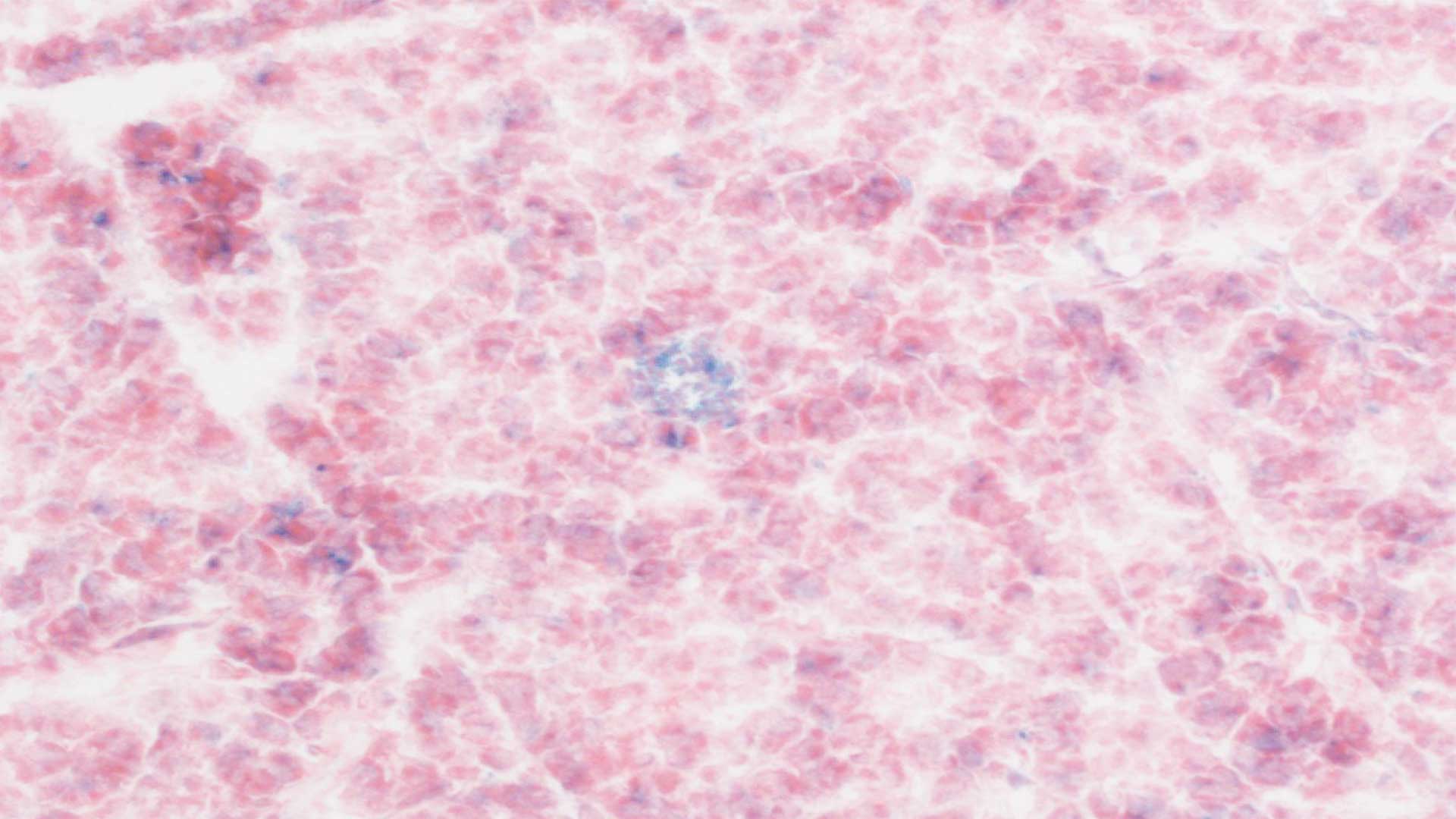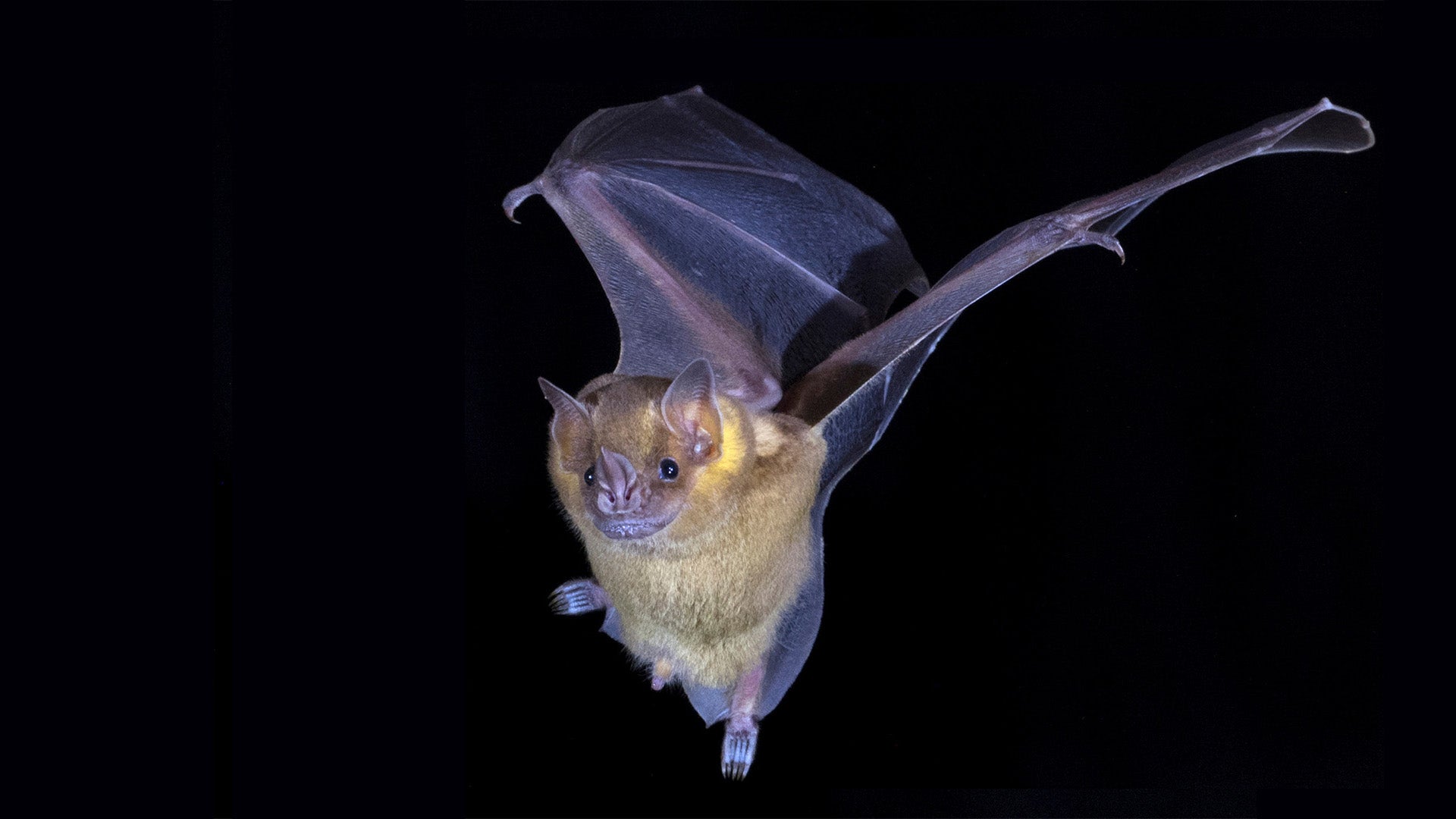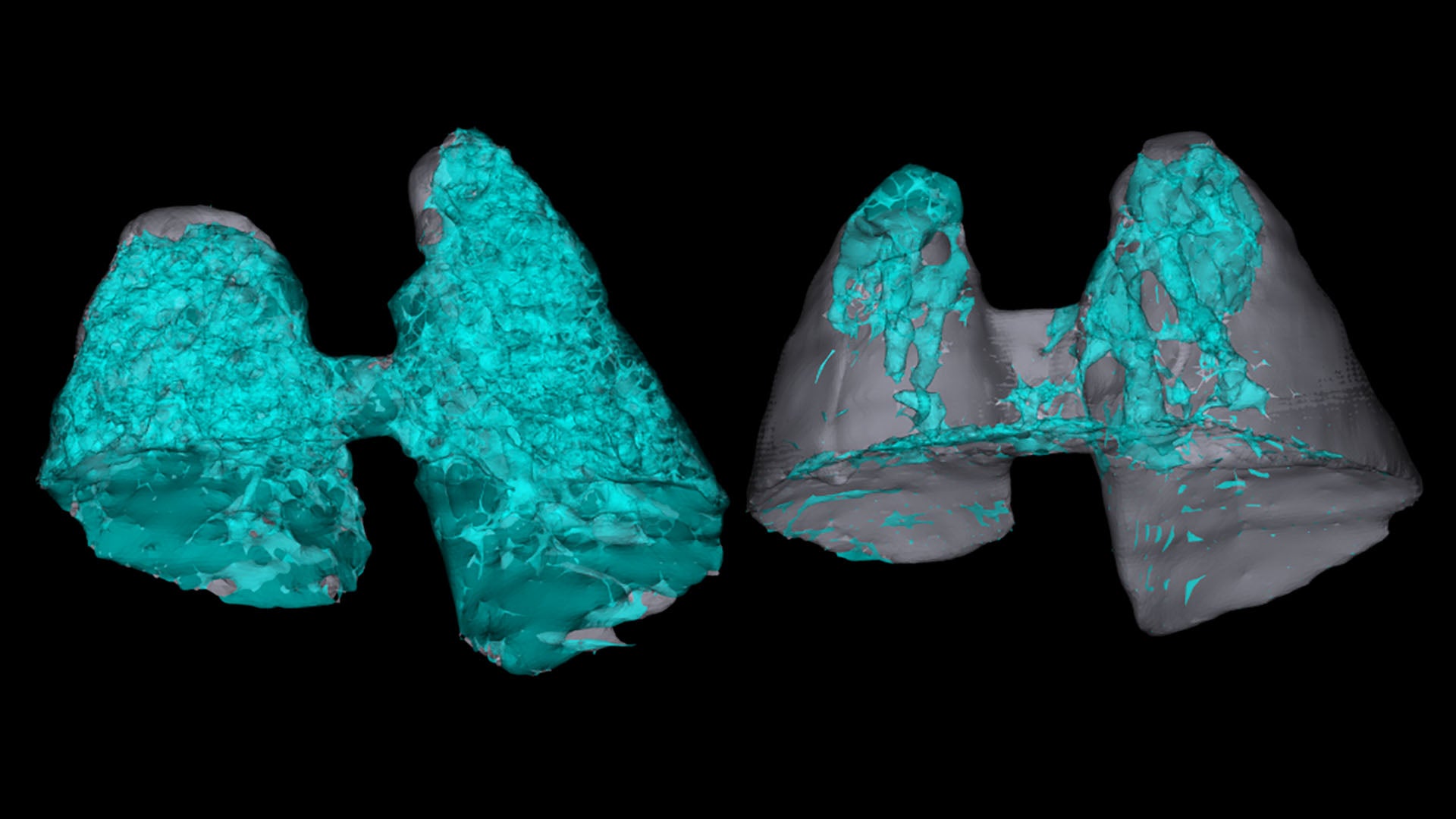Test your science knowledge
Ever find out someone you thought was your age was actually much younger? “What’s your secret?” you might’ve asked. Everyone has their own method of staying young. Some may be more grounded in science than others. So, what do we really know for sure about aging? And what are we only just now discovering? Take this quiz to find out.
Modified T cells may hold the key to the mythical fountain of youth. CSHL scientists discovered just one dose is enough to rejuvenate older mice. What happened to these mice after T cell treatment?

Assistant Professor Corina Amor Vegas discovered T cells can be reprogrammed to fight aging. After using them to eliminate specific cells in mice, scientists observed that the mice lived healthier lives and didn’t develop aging-associated conditions like obesity and diabetes. Just one dose provided young mice with lifelong benefits.
The DNA in our cells isn’t perfect. It’s destined to fail after a while, shrinking in size every year. What is the name of the protein regulating this process?
 Image: © freshidea - stock.adobe.com
Image: © freshidea - stock.adobe.com
Telomerase is the protein responsible for maintaining the ends of our DNA. When our DNA gets too short, our cells stop working properly and enter an idling phase called senescence. Former CSHL Fellow Carol Greider was awarded the Nobel Prize in 2009 for her discovery of telomerase. Some scientists now think that finding a way to stop DNA from shrinking might help turn back our internal clocks.
Bats have a super-strong immune system that may help keep them alive longer than other mammals and protect them from some viruses. What else might bats’ immune systems help them combat?

CSHL researchers from the W. Richard McCombie and Adam Siepel labs found that bats’ immune systems have been streamlined through rapid genome evolution. This helps explain why bats don’t usually get sick from viruses like COVID-19 or Ebola and other diseases such as cancer. Their research may also shed light on previously unknown links between immunity, viral tolerance, aging, and cancer resistance.
For some cells, living too long does more harm than good. When immune cells known as neutrophils don’t die off as they’re supposed to, what do they start to do in our bodies?

Neutrophils are the body’s first line of defense against infection. But if too many work for too long, they can damage the tissues they’re meant to protect. In the lungs, this damage can lead to acute respiratory distress syndrome, a leading cause of death among COVID-19 patients. CSHL Professor Nicholas Tonks found that using a drug to inhibit the PTP1B protein can prevent lethal lung inflammation in mice. This discovery may lead to better treatments for severe inflammatory conditions like sepsis and COVID-19.
This video captures the rhythm of development in the C. elegans roundworm, commonly used to research aging. How long do these worms typically live?

C. elegans’ short lifespans and transparent bodies make them ideal for studying aging and development. CSHL Professor Christopher Hammell and his team recently devised a new imaging technique to observe active gene expression inside these worms in real time. They discovered a timekeeping process that could provide essential clues about the natural rhythm of development during key life stages in humans and other animals.

Share your Results:
